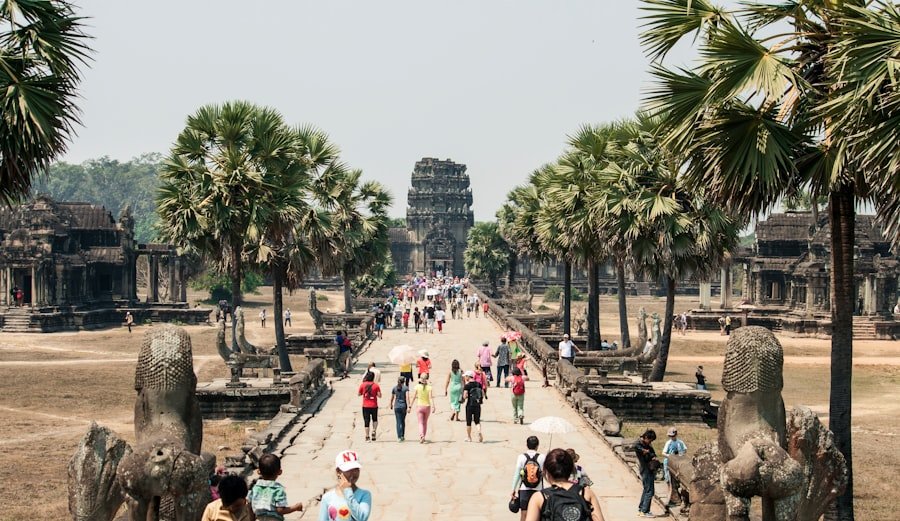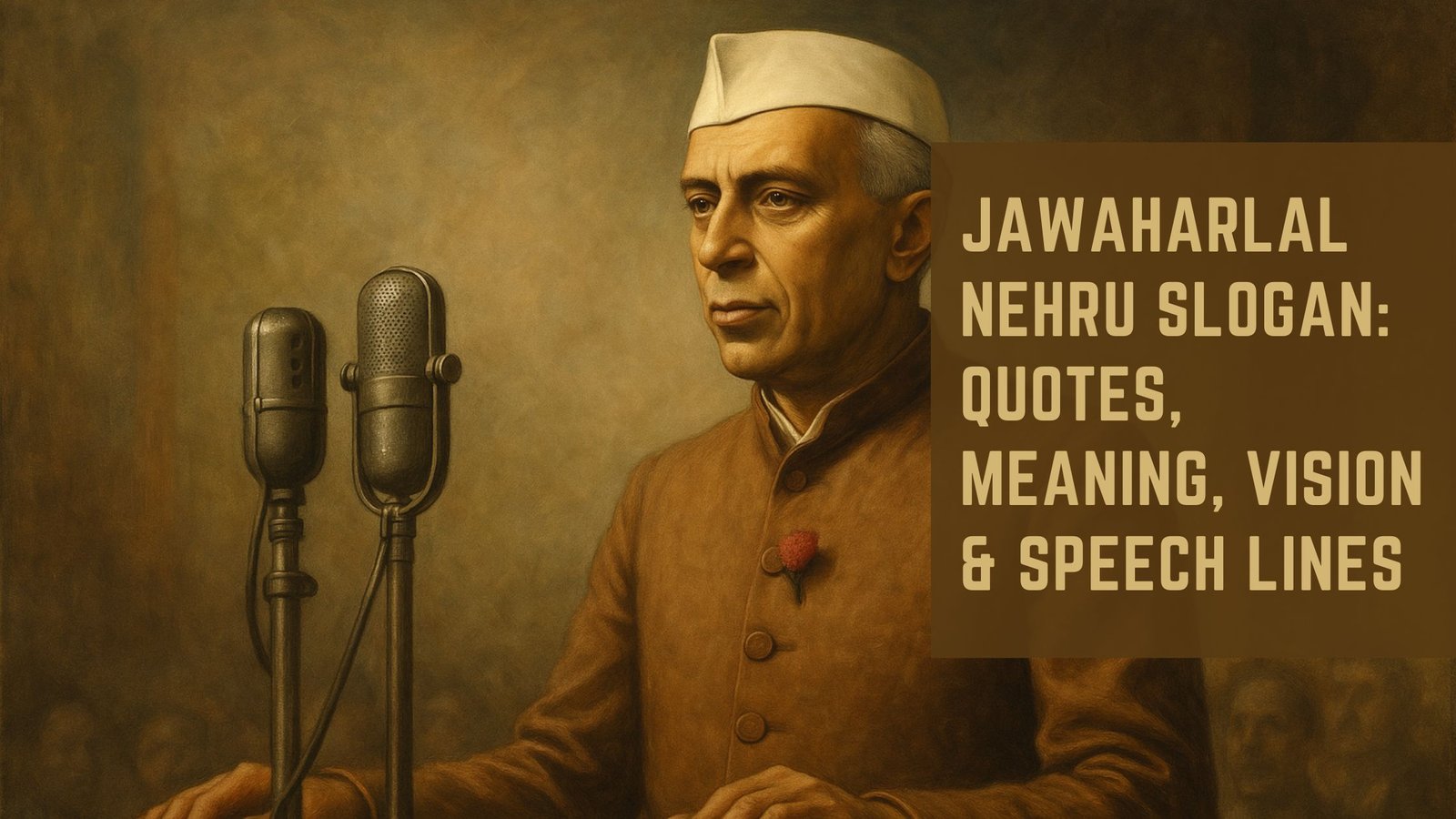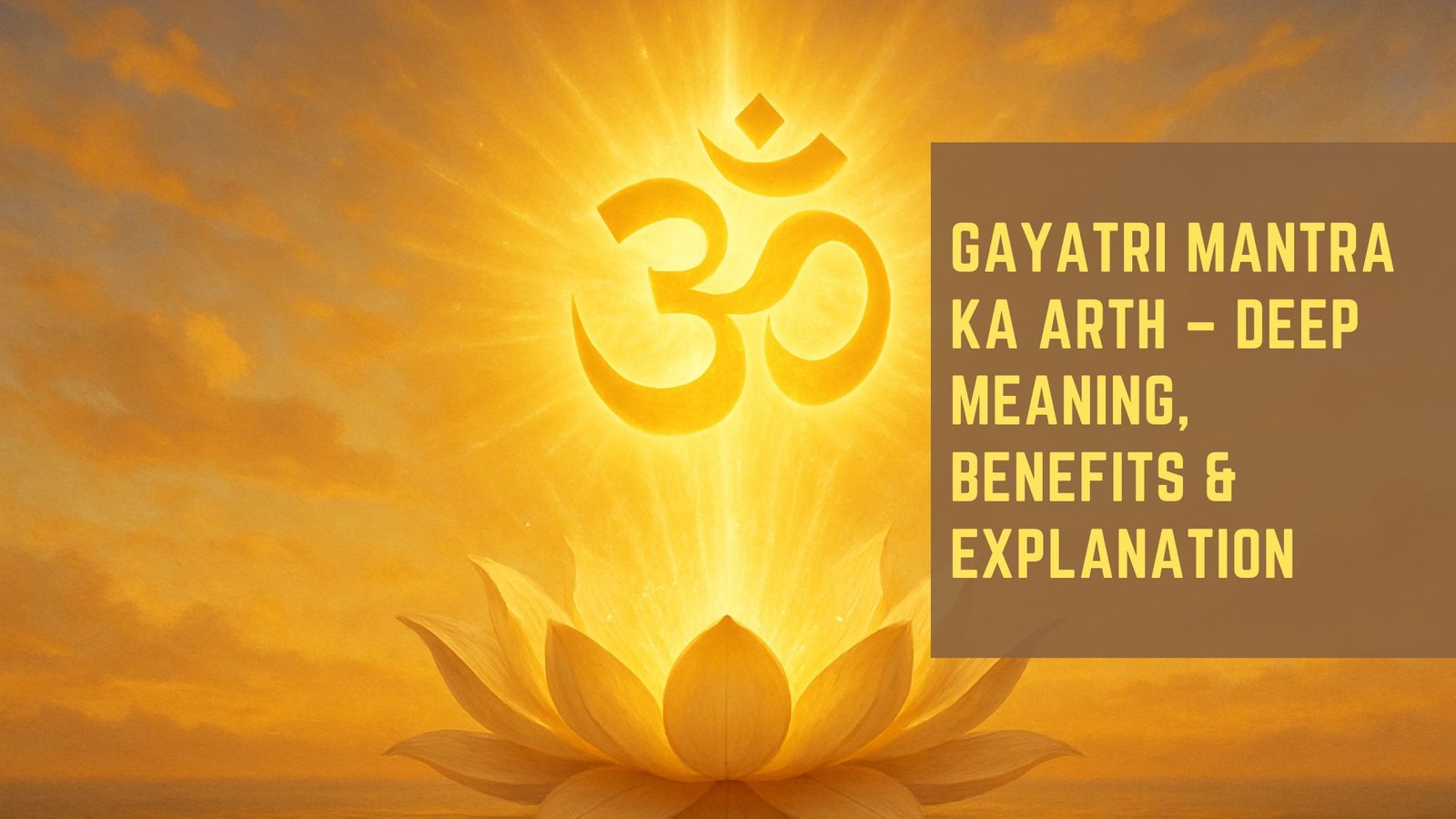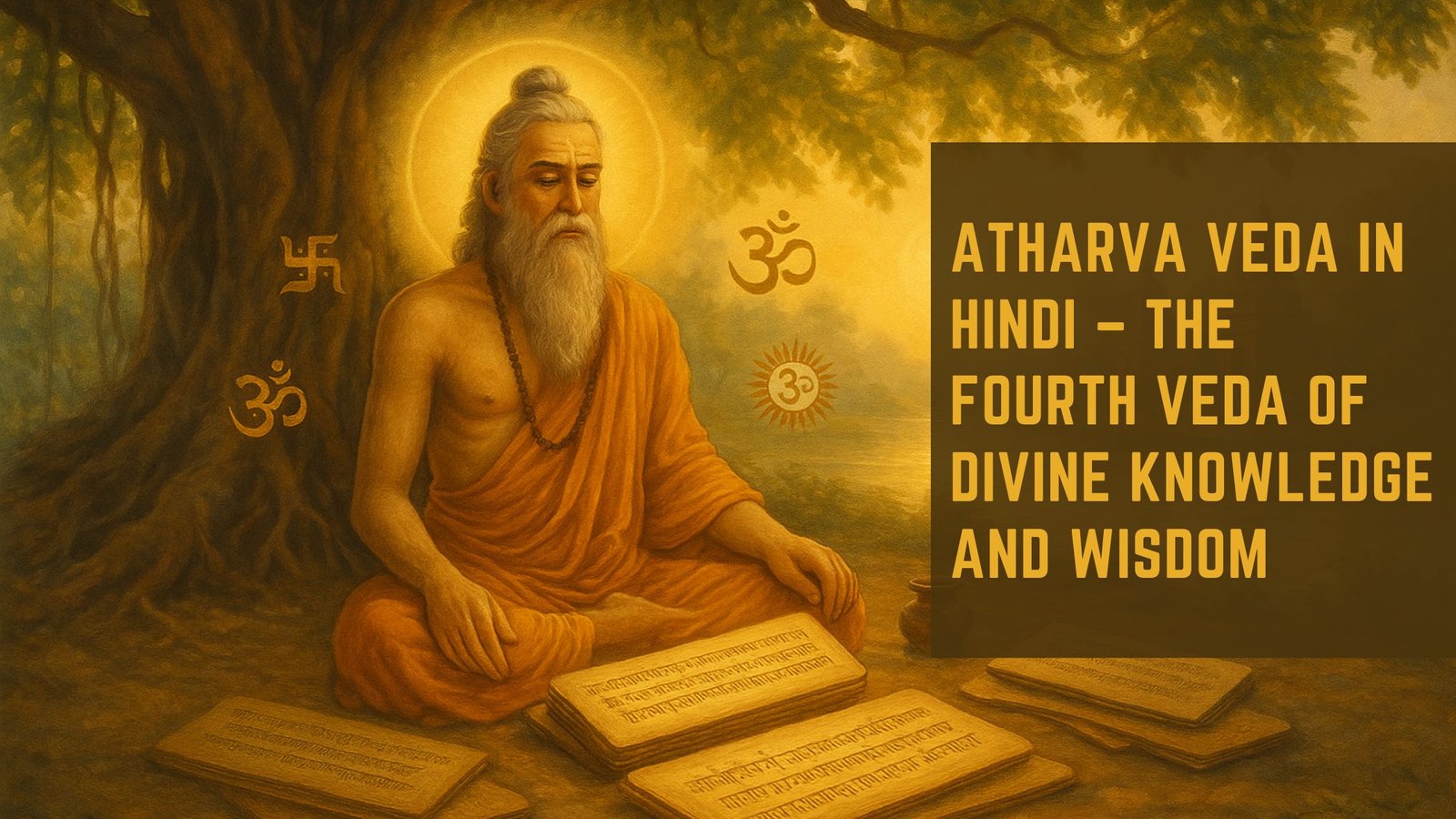The Bhagavad Gita, a revered text in Hindu philosophy, serves as a spiritual guide that addresses the moral and ethical dilemmas faced by individuals. Among its many verses, Chapter 4, Verse 7 stands out for its profound message regarding divine intervention and the restoration of dharma, or righteousness. In this verse, Lord Krishna declares that whenever there is a decline in righteousness and an increase in unrighteousness, He incarnates in the world to restore balance.
This declaration not only emphasizes the cyclical nature of existence but also highlights the importance of divine guidance in human affairs. The teachings encapsulated in this verse resonate deeply with those seeking clarity in their moral compass and understanding of their place in the universe.
Krishna’s response to Arjuna’s turmoil is not merely a call to arms but an invitation to explore deeper philosophical truths. The essence of Bhagavad Gita 4:7 transcends the immediate narrative, offering insights into the nature of existence, the role of divine intervention, and the eternal struggle between good and evil. As individuals navigate their own lives, the wisdom contained within this verse serves as a reminder that they are not alone in their quest for righteousness; divine support is always present to guide them back to their true path.
Key Takeaways
- The Bhagavad Gita 4:7 introduces the concept of the Path of Righteousness as a means to attain spiritual growth and enlightenment.
- The Path of Righteousness emphasizes the importance of living a virtuous and moral life, guided by principles of truth, non-violence, and compassion.
- Bhagavad Gita 4:7 signifies the significance of following the Path of Righteousness in order to attain liberation and inner peace.
- Actions play a crucial role in the Path of Righteousness, as they are seen as a means to express one’s commitment to righteousness and spiritual growth.
- Intention is considered essential in walking the Path of Righteousness, as it determines the purity and sincerity of one’s actions and their impact on spiritual development.
Understanding the concept of the Path of Righteousness
The Path of Righteousness, or dharma, is a central theme in many spiritual traditions, particularly within Hinduism. It encompasses the moral principles and ethical standards that govern an individual’s actions and decisions. Dharma is not a one-size-fits-all concept; it varies according to one’s age, caste, gender, and circumstances.
This fluidity makes it both a personal and collective journey, where individuals must discern their responsibilities and duties in relation to themselves and society at large. The Path of Righteousness encourages individuals to act in ways that uphold truth, justice, and harmony, fostering a sense of balance within themselves and their communities. Walking the Path of Righteousness requires self-awareness and introspection.
It demands that individuals reflect on their values and motivations while considering the broader implications of their actions. This path is not devoid of challenges; it often involves navigating complex moral dilemmas where the right choice may not be immediately apparent. However, it is through these challenges that individuals can cultivate resilience and wisdom.
The journey along this path is marked by continuous learning and growth, as one strives to align their actions with their higher principles. Ultimately, the Path of Righteousness serves as a guiding light, illuminating the way toward a life of purpose and integrity.
Exploring the significance of Bhagavad Gita 4:7

The significance of Bhagavad Gita 4:7 extends beyond its immediate context; it encapsulates a universal truth about the nature of existence and the interplay between humanity and divinity. This verse reassures individuals that they are not abandoned in times of moral crisis. Instead, it affirms that divine presence is ever-watchful and responsive to the needs of humanity.
The promise of divine intervention serves as a source of hope for those who feel overwhelmed by the chaos and injustices of the world. It reinforces the belief that righteousness will ultimately prevail, even when it seems obscured by darkness. Moreover, this verse invites individuals to reflect on their own roles within the larger tapestry of existence.
It challenges them to consider how they can contribute to the restoration of dharma in their own lives and communities. By recognizing that they are part of a greater cosmic order, individuals are encouraged to take responsibility for their actions and choices. The teachings of Bhagavad Gita 4:7 inspire a sense of agency; they empower individuals to become active participants in the ongoing struggle for righteousness rather than passive observers.
This call to action resonates deeply with those seeking meaning and purpose in their lives.
The role of actions in the Path of Righteousness
| Actions | Impact |
|---|---|
| Prayer | Strengthens spiritual connection |
| Charity | Helps those in need and purifies the soul |
| Kindness | Creates positive relationships and fosters compassion |
| Self-discipline | Develops inner strength and resilience |
Actions play a pivotal role in the Path of Righteousness, as they are the tangible expressions of one’s values and beliefs. In Hindu philosophy, it is often said that one’s karma—composed of actions—shapes their destiny. Therefore, engaging in righteous actions is essential for cultivating positive outcomes both for oneself and for society at large.
The Bhagavad Gita emphasizes that it is not merely intentions that matter but also the deeds that arise from those intentions. This underscores the importance of aligning one’s actions with ethical principles to foster harmony and balance. Furthermore, actions taken along the Path of Righteousness are often characterized by selflessness and service to others.
The Gita teaches that true righteousness transcends personal gain; it involves acting for the welfare of all beings. This perspective encourages individuals to look beyond their immediate desires and consider how their actions impact others. By embracing a mindset of service, individuals can contribute to collective well-being while simultaneously advancing their own spiritual growth.
The interplay between individual actions and collective outcomes highlights the interconnectedness of all life, reinforcing the idea that every action has far-reaching consequences.
The importance of intention in walking the Path of Righteousness
While actions are crucial on the Path of Righteousness, intention holds equal significance. The Bhagavad Gita teaches that intentions shape the quality and impact of one’s actions. A pure intention rooted in compassion and empathy can elevate even simple acts into expressions of righteousness.
Conversely, actions driven by selfish motives can lead to negative consequences, regardless of their outward appearance. Thus, cultivating awareness around one’s intentions becomes essential for anyone seeking to walk this path authentically. Intention acts as a compass guiding individuals through moral complexities.
When faced with difficult choices, reflecting on one’s motivations can provide clarity and direction. It encourages individuals to ask themselves whether their actions align with their core values and whether they contribute positively to the world around them. By fostering intentions grounded in love, kindness, and justice, individuals can navigate challenges with integrity and purpose.
Ultimately, intention serves as a powerful catalyst for transformation, enabling individuals to embody righteousness in every aspect of their lives.
The relationship between the Path of Righteousness and spiritual growth

The Path of Righteousness is intricately linked to spiritual growth; they are two sides of the same coin. Engaging in righteous actions fosters a deeper connection with oneself and with others, paving the way for spiritual awakening.
This journey often involves confronting one’s limitations and biases, leading to profound self-discovery and transformation. Moreover, walking the Path of Righteousness encourages individuals to transcend ego-driven desires and embrace a more expansive view of existence. It invites them to recognize their interconnectedness with all beings and fosters a sense of unity with the universe.
This shift in perspective can lead to heightened awareness and deeper spiritual insights. As individuals commit themselves to righteousness, they often find themselves drawn toward practices such as meditation, self-reflection, and service—activities that further enhance their spiritual journey. Thus, the pursuit of righteousness becomes not just an ethical endeavor but also a pathway toward enlightenment.
Practical steps for following the Path of Righteousness
Following the Path of Righteousness requires conscious effort and commitment. One practical step is cultivating self-awareness through regular reflection on one’s thoughts, feelings, and actions. Journaling or meditative practices can help individuals gain insight into their motivations and identify areas for growth.
By understanding themselves better, they can make more informed choices aligned with their values. Another essential step involves seeking knowledge from sacred texts like the Bhagavad Gita or engaging with spiritual teachers who can provide guidance on ethical dilemmas. Learning from others’ experiences can illuminate different perspectives on righteousness and inspire individuals to act with integrity in challenging situations.
Additionally, surrounding oneself with like-minded individuals who share similar values can create a supportive community that encourages accountability and growth. Engaging in acts of service is also vital for walking this path. Volunteering time or resources for charitable causes fosters empathy and compassion while reinforcing one’s commitment to righteousness.
These acts not only benefit others but also enrich one’s own spiritual journey by cultivating a sense of purpose and fulfillment.
Embracing the teachings of Bhagavad Gita 4:7
In conclusion, embracing the teachings encapsulated in Bhagavad Gita 4:7 offers profound insights into navigating life’s complexities while remaining anchored in righteousness. This verse serves as a reminder that divine support is always available to guide individuals back to their true path when faced with moral dilemmas or challenges. By understanding the significance of both actions and intentions on this journey, individuals can cultivate a life marked by integrity, compassion, and purpose.
The Path of Righteousness is not merely an abstract concept; it is a lived experience that requires dedication and mindfulness. As individuals commit themselves to this path—through self-awareness, learning from sacred texts, engaging in service—they contribute not only to their own spiritual growth but also to the collective well-being of society. Ultimately, embracing these teachings empowers individuals to become agents of positive change in a world often fraught with uncertainty and strife.
Through righteous living inspired by divine wisdom, they can illuminate their own lives while guiding others toward harmony and balance.
In the Bhagavad Gita sloka 4, Lord Krishna imparts wisdom about the importance of performing one’s duty without attachment to the results. This teaching is further explored in an insightful article titled “Unlocking the Bhagavad Gita’s Hidden Wisdom” available at thegita.in. The article delves into the deeper meanings behind this sloka and how it can be applied to our daily lives for spiritual growth and self-realization. It offers valuable insights on how to find purpose and inner peace through understanding and embodying the teachings of the Bhagavad Gita.
FAQs
What is the Bhagavad Gita?
The Bhagavad Gita is a 700-verse Hindu scripture that is part of the Indian epic Mahabharata. It is a sacred text of the Hindu religion and is considered one of the most important spiritual classics.
What is a sloka in the Bhagavad Gita?
A sloka is a verse in the Bhagavad Gita. The text is composed in the form of a dialogue between Prince Arjuna and the god Krishna, who serves as his charioteer.
What is the significance of sloka 4 in the Bhagavad Gita?
Sloka 4 in the Bhagavad Gita is part of a larger discourse on the concept of duty and righteousness. It is a verse that imparts wisdom and guidance on how to live a righteous life and fulfill one’s duties.
What are the teachings of sloka 4 in the Bhagavad Gita?
Sloka 4 in the Bhagavad Gita emphasizes the importance of performing one’s duties without attachment to the results. It teaches the concept of selfless action and the idea of dedicating one’s actions to a higher purpose.
How is sloka 4 in the Bhagavad Gita relevant today?
The teachings of sloka 4 in the Bhagavad Gita are still relevant today as they provide guidance on how to live a meaningful and purposeful life. The concept of selfless action and detachment from the results can be applied to various aspects of modern life.















